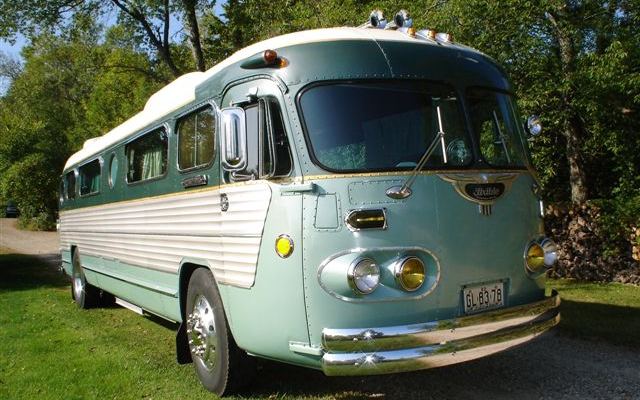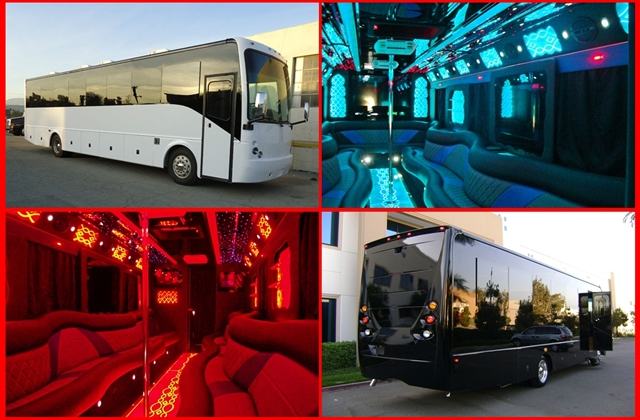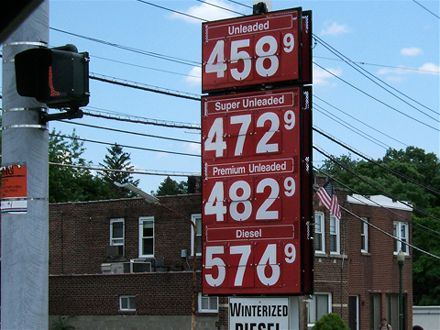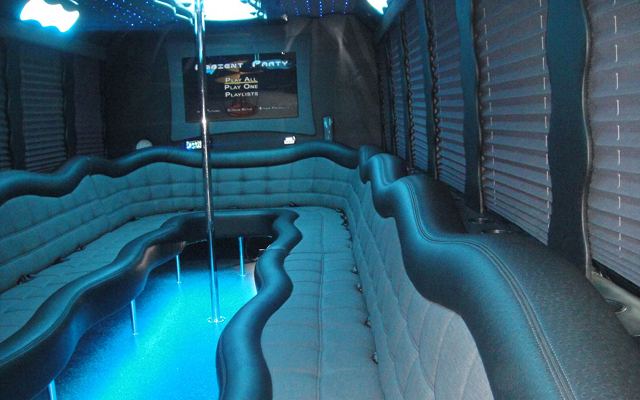
Thinking about what is happening in the Livery industry and why it is happening may help us in making large financial decisions.
Over the last several years, Limo Buses have really taken hold of the 10 + PAK carriage of passengers for large events such as proms, conventions and other venues. In the late 1990s and from 2000 up till 2005, large SUVs became in vogue for 10+ passengers. SUVs continue to remain popular but all you have to do is to go to a Limo Show, star of the show is the Limo Bus.

Why the popularity? I think the increased popularity of Limo Bus carriage since 2005 has to do with the following (not in any particular order):
1) Public’s resentment regarding the fuel consumption of SUVs such as the H2.
2) The experience riding in a Limo Bus is different than being in a Limousine or a stretch SUV.
3) Most Limo Buses are exempt from local authority in most areas. These coaches come under the auspices of the D.O.T.
4) Up to just under GVW 25,000 pounds you don’t need a CDL license to drive these buses in many areas.
5) Limo Buses typically have heavier duty frames, suspensions, which mean kinder ride and a longer usefully lives.
6) You can fit more people in larger Limo Buses. The largest stretch SUV hold up 24 passengers compare this to the largest Limo Buses that can hold up to around 52 passengers.
Let’s take a look at these reasons.
 1) Public resentment regarding SUVs became apparent with the spike in oil prices that we have experienced since 2000 when gas was at 1.50 a gallon. In 2003/ 2004 we had a depression brought on by the burst in the Internet bubble and also around this point we got involved in the war in Iraqi. Big gas guzzling vehicle were suddenly no longer in vogue. Even Arnold Schwarzenegger, as the Governor of California, had to sell off his prized fleet of Hummers (to the tune of $850K). Limo Buses are high occupancy vehicles; manufacturers making them ‘greener’ (as are limousines) and there does not seem to be similar resentment at this platform level.
1) Public resentment regarding SUVs became apparent with the spike in oil prices that we have experienced since 2000 when gas was at 1.50 a gallon. In 2003/ 2004 we had a depression brought on by the burst in the Internet bubble and also around this point we got involved in the war in Iraqi. Big gas guzzling vehicle were suddenly no longer in vogue. Even Arnold Schwarzenegger, as the Governor of California, had to sell off his prized fleet of Hummers (to the tune of $850K). Limo Buses are high occupancy vehicles; manufacturers making them ‘greener’ (as are limousines) and there does not seem to be similar resentment at this platform level.
2) The experience in taking a Limo Bus is different then the experience in riding in a large stretch SUV. Beyond all kinds of apparatus that you can put in a Limo Bus versus an SUV, I think the big difference lies in how the passengers can interact. In a long stretch H2 or Escalade when you are sitting in the front of the SUV you can forget about having a conversation with people at the other end, unless you are the boss and your employees are aboard. The Limo Bus on the other hand has a wide isle, and with interior heights in the 6.5’ range, which makes moving around inside these buses easier and this enables greater interaction for all riders.
3) Limousine Operators in many areas have to purchase permits to operate in many public venues such as airports, ports or even in downtown areas. Places like downtown Chicago where only QVM vehicles can get permits to operate. The local authorities levy fees, fines for non-conforming coaches/operators and they determine which coaches are acceptable or not acceptable for the area under their control.
Limo Buses are subject to D.O.T. regulations. These buses can service Ports of all kinds with no permits required (at least around the South Florida market). The D.O.T sets rules for the entire country. Trucks, Motorcoach Lines and others are also under D.O.T. control. They have a separate inspection process and D.O.T. inspections are required for coaches that hold over so many passengers. It varies according to the area where you are located. The D.O.T. enforces its rules differently from area to area. New York City, New Jersey’s D.O.Ts are notoriously tough and appear to getting tougher, especially on Limousine companies. The D.O.T also tells you whether you have to have a direct access to the passenger compartment of the Limo Bus, which is spectacularly important to know, if you are looking for a Limo Bus in some areas..
4) Many areas allow drivers who do not have Commercial Driver’s Licenses to operate truck and other vehicles with Gross Vehicle Weight under 25,000 pounds which covers most Limo Buses on the market. These areas typically require that the Driver has “Passenger Endorsement”, which is a written test down in Florida, and that means it is not that hard to get.
5) Many operators operate their Limo Buses once a week on the weekend, depending on the time of year and how aggressively the operator is in the market. A Limo Bus that is putting 20,000 miles per year is very common. Operators that are planning to put on more miles, depending on the size of the platform, may need to go up one chassis size (such as going from an E450 to an F550). The conventional wisdom is that if you are going to put a lot of miles on a Limo Bus buy the Diesel, which works except for some real problematic Diesel Motors that are on the market.
Diesel motors for Limo Buses generally make better sense than Gas motors; there are of course some exceptions to this. Diesel motors are built to heavier specs than most gas motors, which typically leads to a longer useful life for a Diesel. The Limo Bus typically has to idle for long periods which use up a lot gas, and strains the motor. Diesels can idle for long periods with little gas use. The operator who only plans to put 20,000 miles a year on its coach may want to look at the difference in cost between gas & diesel in terms of the cost of the coach. A gas coach may cost a lot less than the same coach with a diesel motor and you can buy a lot of diesel with $10,000.00.
All motors have issues. When you are purchasing you should check out what the possible issues are prior to purchasing the Bus, ask the operator if he experienced any of these issues and find out how the owner may have handled these issues. Have problem areas, like the welds that attach the body of the coach on to the chassis rails, should be checked for cracking.
How you plan to use the bus should determine which platform you should purchase. For instance, if you know that the Bus will be only going out on weekends and you will be only putting a 300 to 500 miles per week on the bus, then a light weight Ford/Chevy Chassis will work, you don’t need an F650\750, International or Freightliner chassis. If you plan to put a lot of miles on the coach then these larger chassis may make sense.

6) Up until fairly recently, there have not been many Mid-Size Limo Buses on the market. By Mid-Size, I mean Limo Buses that will hold over 32 passengers. Krystal’s KK38 was typically the largest size Limo Bus available which is rated at 28/30 passengers (in California). Now you can purchase a good variety of Mid-Size Limo Buses. The cost of the Bus typically rises as the passenger capacity rises. New Limo Bus builders have entered the market and Coach Builder’s can purchase Commercial Buses with chassis and shell constructed to their specs and then fit them out. You can find Limo Buses made on General Coach of America Frames, Gaval, Champion and others. National Builders like Krystal, Tiffany, Ameritrans, Turtletop and others. There are also some good regional builders such as LimoLube in Chicago.





